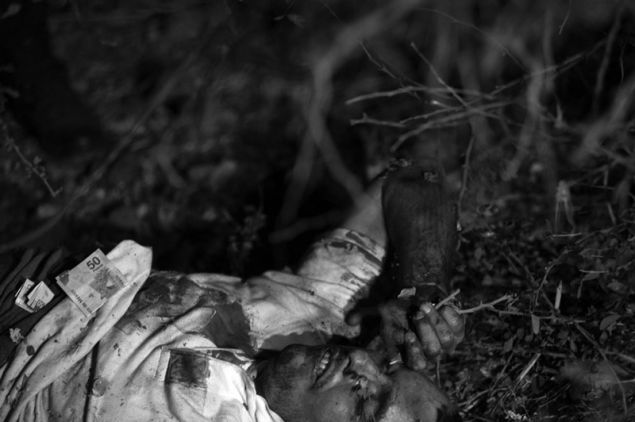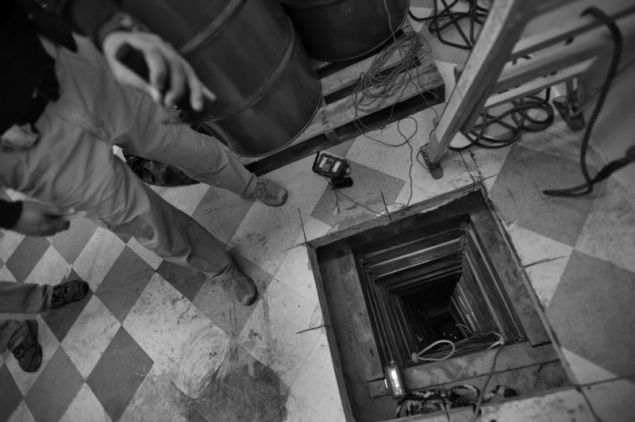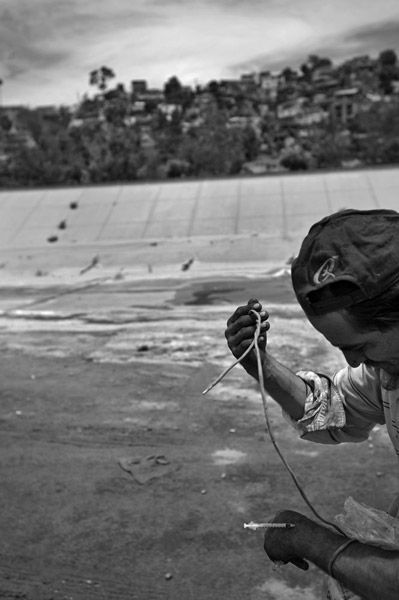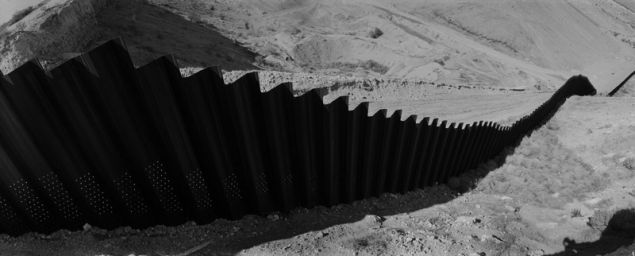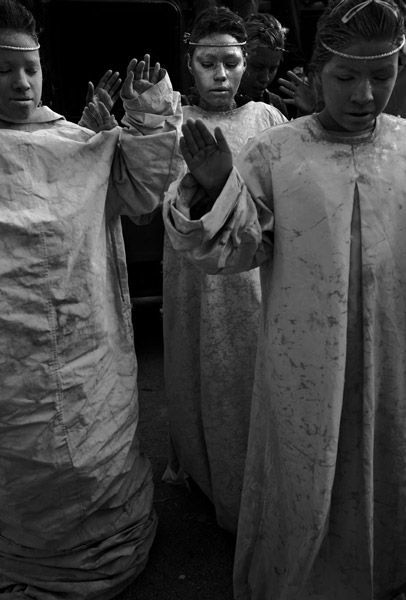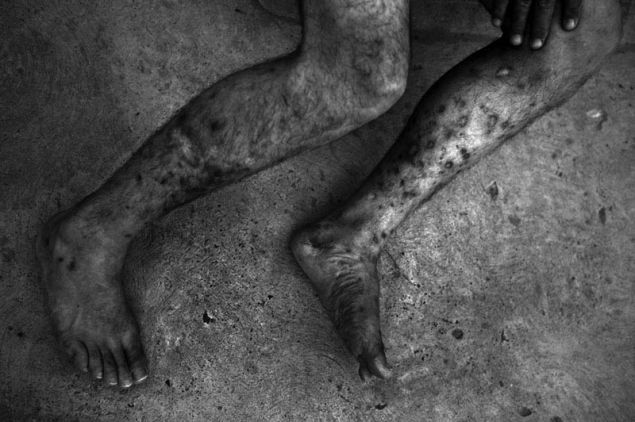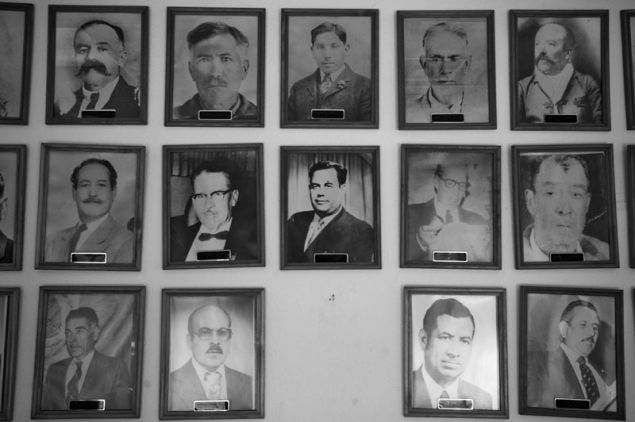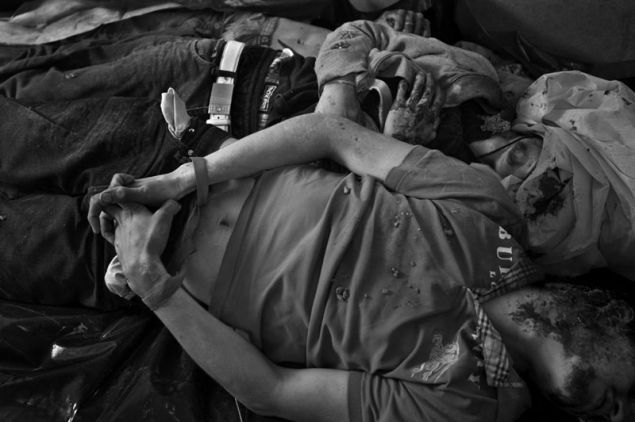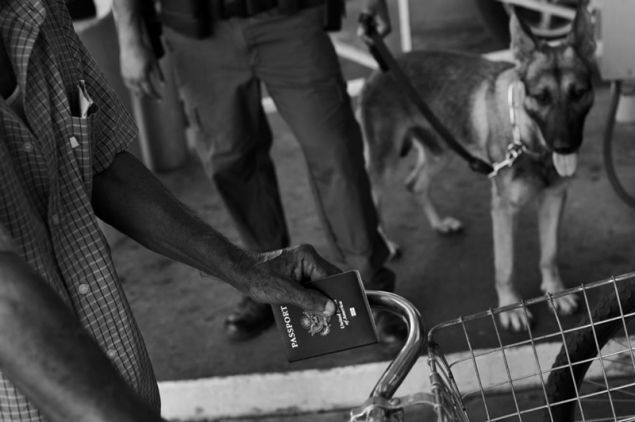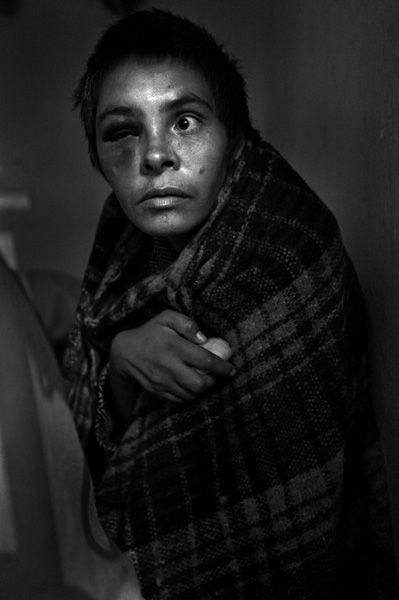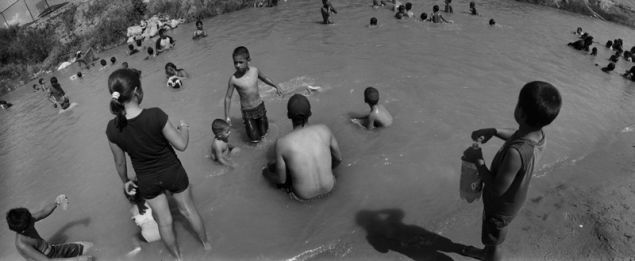According to government figures, there were 47,515 drug-related killings in Mexico between late 2006 and late 2011, though many experts put the death toll much higher.
Almost every aspect of Mexican life is affected by organized crime and its endless battle to control the distribution of illicit drugs, most of which are destined for the United States and Canada.
In just one month, photographer Louie Palu documented more than 110 murders in Mexico.
There is no way of knowing how many of those deaths involved people who were just in the wrong place at the wrong time. As long as its justice system allows criminals to operate with impunity, Mexico will continue to be brutalized by the drug trade.
This is one photographer's view of the deadly US-Mexico frontier.
